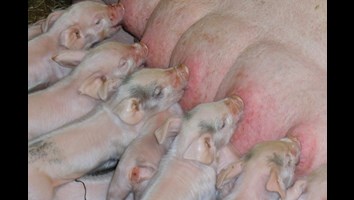Veterinary science
Veterinary medicine is the branch of medicine that deals with the prevention, diagnosis and treatment of disease, disorder and injury in non-human animals. The scope of veterinary medicine is wide, covering all animal species, both domesticated and wild, with a wide range of conditions which can affect different species. This includes medical bioscience, pathobiology and clinical science.
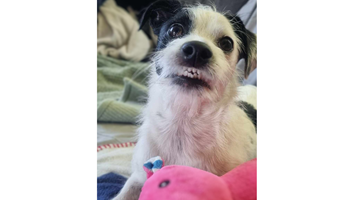
KV Better compliance and health with low stress handling of dogs
"Freedom from pain, injury, and disease through prevention or rapid diagnosis and treatment. Freedom from fear and anxiety by ensuring conditions and treatments that avoid mental suffering." These
NCP Slaughter and killing
SCAW is Sweden's national contact point for slaughter and other types of killing.
EFSA reports and other material concerning fish slaugther
Here you find links to reports concerning fish slaughter Fish welfare in European Aquaculture Welfare of farmed fish Knowledge gaps and research needs for the welfare of farmed fish Food Safety
NordCAW
NordCAW (Nordic Network for Communicating Animal Welfare) is a Nordic co-operation to communicate within animal welfare. SCAW is one of the initiators of the project.
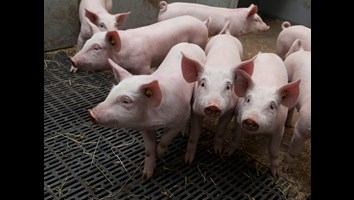
NordCAW seminar 2025
The 2025 NordCAW seminar will be held in Denmark during the fall and the topic will be pig welfare. More information about the seminar will be published here further on.
Veterinary nursing
Campus Uppsala Uppsala is Sweden’s fourth largest city, and the hub of SLU’s educational activities. Located just outside of the city centre, SLU’s Uppsala campus is spacious, leafy and picturesque
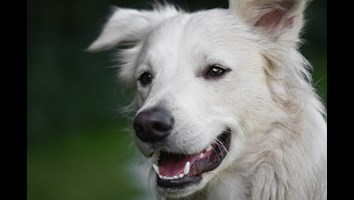
KC-like chemokine as a biomarker of sepsis in dogs with pyometra
Sepsis, defined as a dysregulated inflammatory response to infection inducing organ dysfunction, is a common cause of mortality in both humans and animals. Early detection and treatment is essential
EFSA reports
EFSAs' reports about animal welfare at the time of slauther and killing Here you will find links to EFSAs' reports related to animal welfare at slaughter and killing: Slaughter of animals: poultry

SCAW:s 10 year anniversary
The Swedish Centre for Animal Welfare, SCAW, arranged a seminar the 8th of May 2019 to celebrate our 10 year anniversary. You can see the presentations by clicking on the links below. You will learn
More material on slaughter and killing
EU material In some cases, there are stricter national regulations than in the EU. If Swedish regulations are stricter, these are the ones that apply in Sweden. The EU material below should therefore
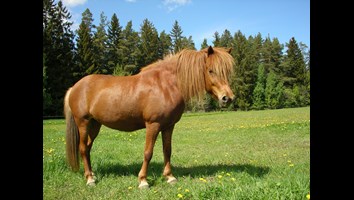
Previous projects
SCAW has previously participated in several projects and collaborations. You can find a short summary of them here.

